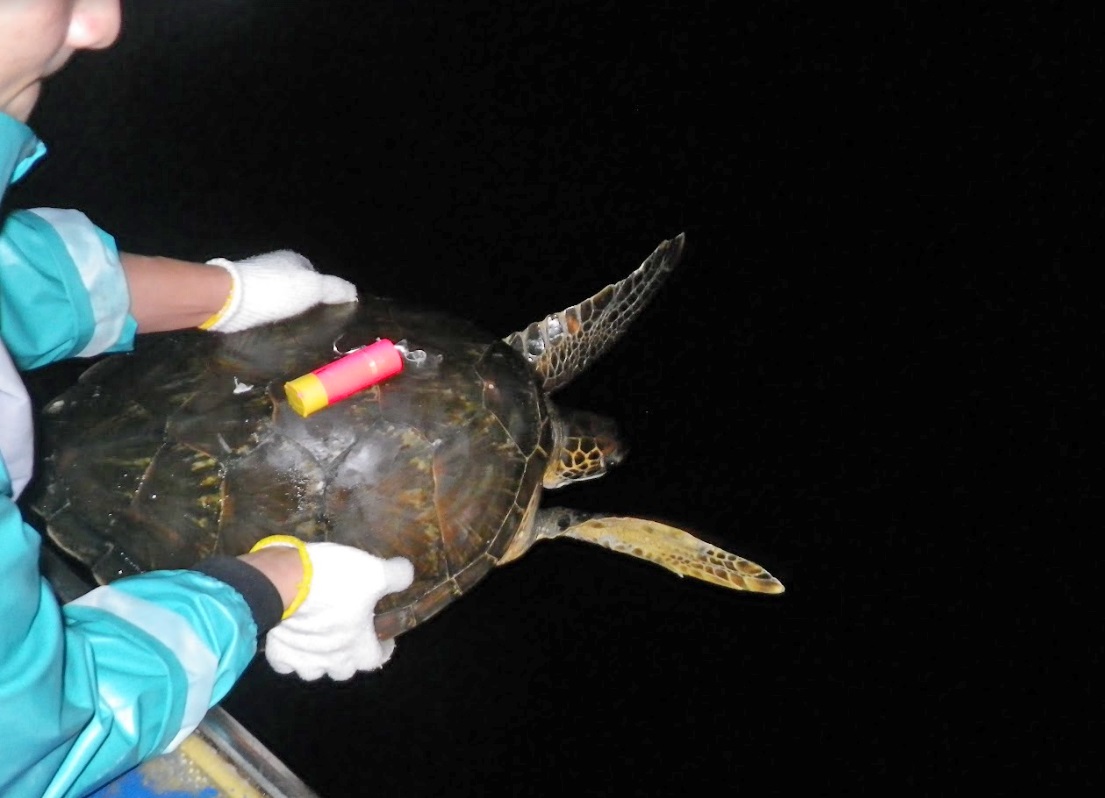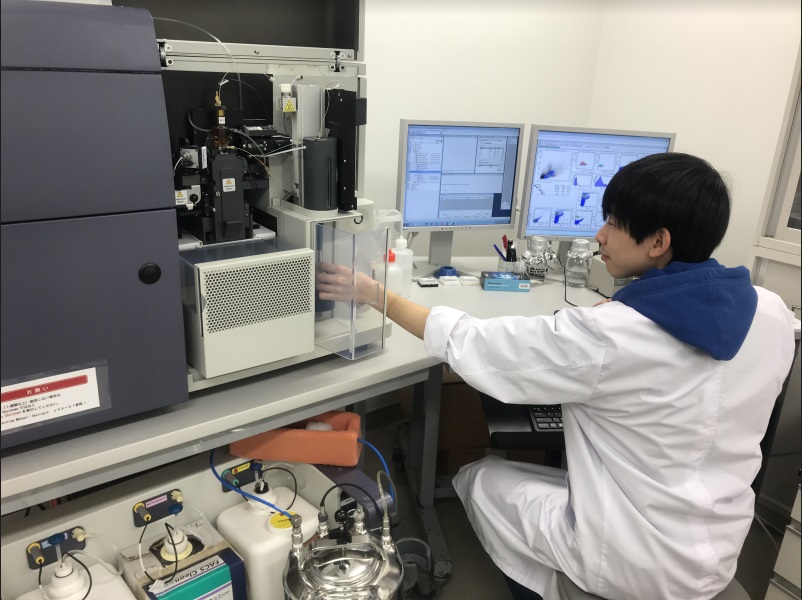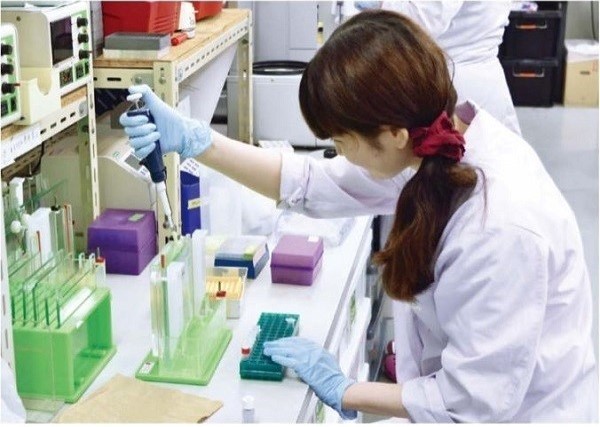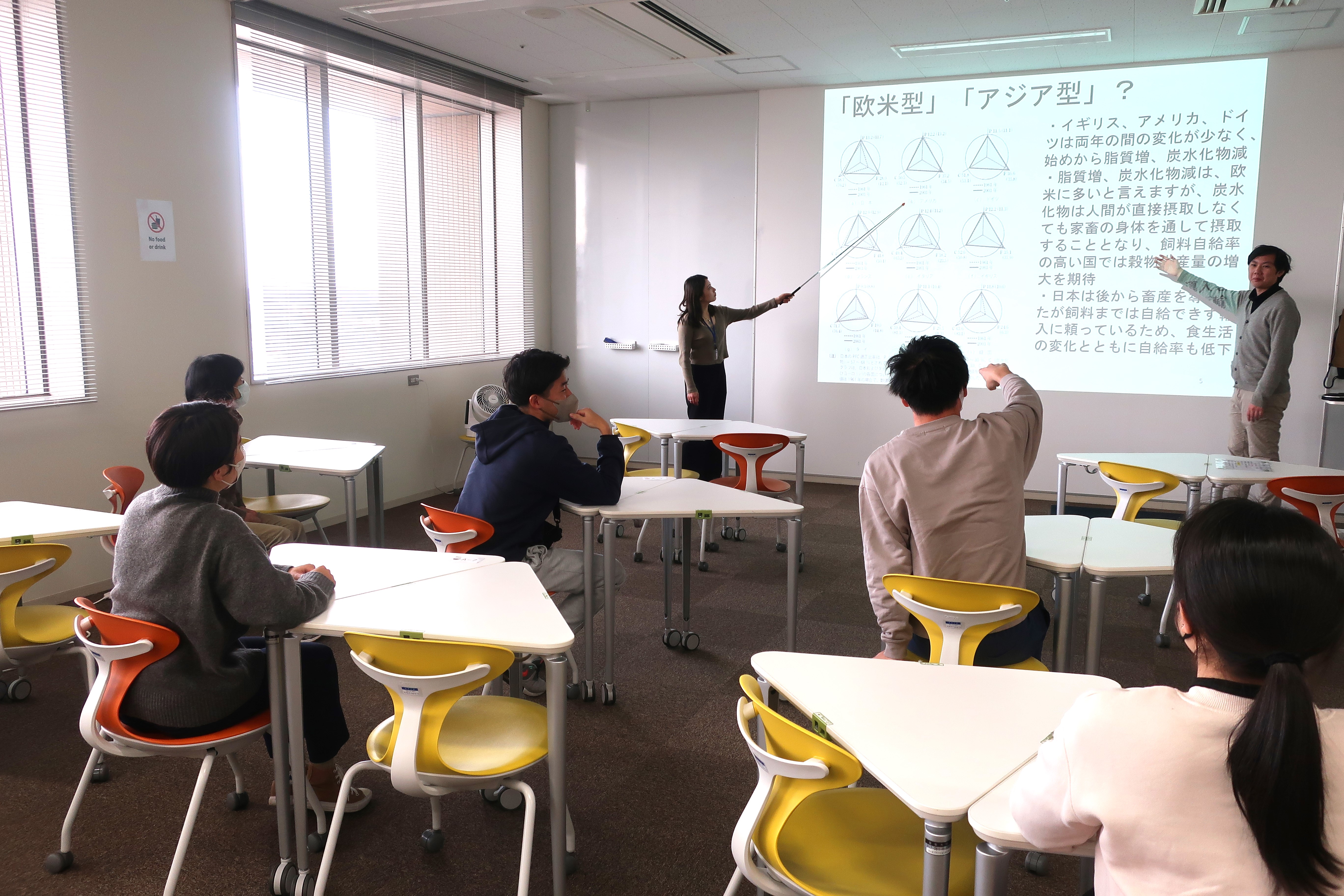

With a structured system or educational and research activities for training outstanding researchers and world class specialists. The Graduate Schools of Bioresource Sciences and Veterinary Medicine enable students to go beyond their knowledge of the basic sciences and utilize it in applied fields. The Graduate Schools in particular aim to provide students with comprehensive knowledge and foster creativity, both of which are necessary to respond to rapid changes in society and industry. The six courses provided by the Graduate Schools are designed to foster insight and creative solution to the new scientific and technical challenges that face us today.












The Veterinary Medicine course consists of six fields: Veterinary Comparative Morphology, Veterinary Comparative Bioscience, Veterinary Infectious Disease Prevention and Control, Veterinary Disease Prevention and Public Health, Veterinary Medicine and Therapeutics, and Veterinary Pathobiology and Imaging.
Through lectures, eminars and research activities, the course aims to enable students to acquire a wide-ranging knowledge and practical skills regarding veterinary science and treatment, a logical way of thinking, and a bioethical perspective. Another objective is to nurture students who are able to conduct research activities on their own initiative, exercise originality as researchers, and who are well equipped to make international contributions as veterinary scientists.
Some of our graduates go on to take up positions as researchers in the fields of life sciences, or become employed at universities or research institutions as internationally active researchers, specializing in the diagnosis of infectious diseases and the elucidation of their mechanisms, or in disease control and prevention. Other graduates pursue careers in veterinary clinics as veterinary clinicians who are able to practice the latest veterinary medicine using advanced veterinary and regenerative medicine in combination with technology such as magnetic resonance imaging (MRI), computed tomography (CT) and linear accelerators (LINAC).
